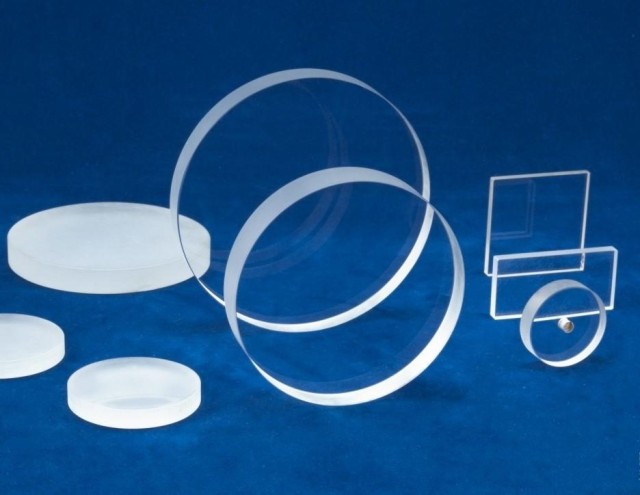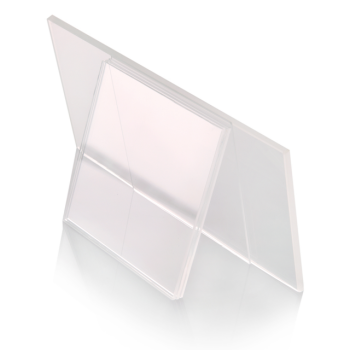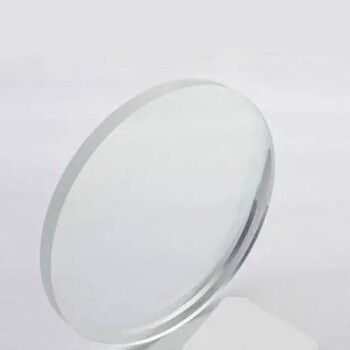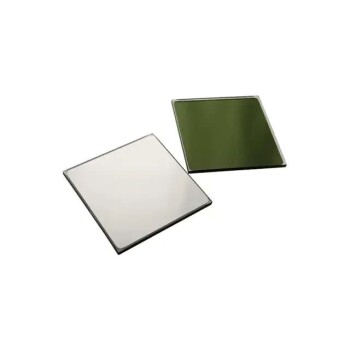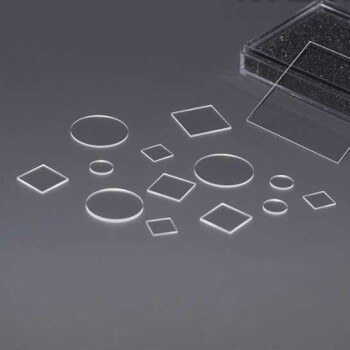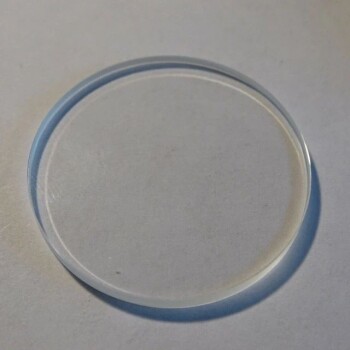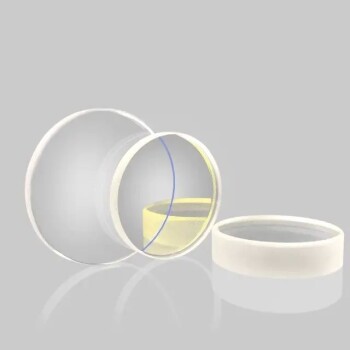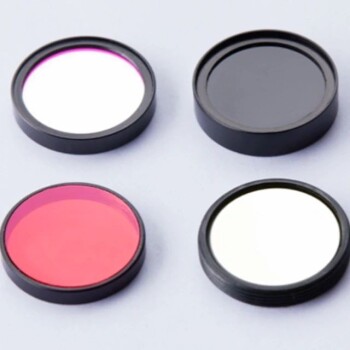Table of Contents
Introduction: Understanding Optical Quartz Plates
Optical quartz plates, crafted from high-purity quartz, possess exceptional properties that make them indispensable in various applications. Their superior ultraviolet transmission, thermal stability, and optical clarity set them apart, enabling their use in lenses, lighting devices, and semiconductor manufacturing. This introduction delves into the unique characteristics of optical quartz plates, highlighting their key features and laying the foundation for exploring their diverse applications.
Applications in Optical Systems
In the realm of optical systems, precision-engineered optical components play a pivotal role in enhancing performance and enabling a wide range of applications.
Lenses and Optical Devices
Optical lenses, filters, and prisms are indispensable components in optical systems, controlling the transmission, reflection, and refraction of light. They are meticulously designed to correct aberrations, enhance image quality, and facilitate precise focusing.

Sight Glasses and Level Gauges
Optical sight glasses and level gauges provide a transparent window into industrial processes, enabling real-time monitoring of fluid levels, flow rates, and other critical parameters. They are constructed from chemically resistant materials to withstand harsh environments and ensure accurate readings.
X-ray and Vacuum Tubes
Optical components are essential for X-ray and vacuum tubes, facilitating the generation, transmission, and detection of electromagnetic radiation. They enable precise beam control, enhance image quality, and protect sensitive components from harmful radiation.
CVD and Diffusion Processes
Chemical vapor deposition (CVD) and diffusion processes rely on optical components to control the deposition and etching of materials. By precisely directing and manipulating light, these components ensure uniform coating thickness, reduce defects, and enhance the overall quality of manufactured products.
Additional Applications
Beyond these core areas, optical products find applications in numerous other fields:
- Sunglasses and Tinted Optical Devices: Optical components in sunglasses and tinted lenses filter out harmful UV radiation and enhance visual perception.
- Photometers: Optical components in photometers measure the intensity and wavelength of light, enabling precise light measurement and analysis.
- Food Packaging: Optical coatings enhance the barrier properties of food packaging, extending shelf life and preserving product quality.
- Biomedical Implants: Optical coatings provide inert, biocompatible surfaces for medical implants, reducing corrosion, wear, and rejection.
The versatility and precision of optical components have revolutionized optical systems, enabling advancements in diverse industries, from healthcare to manufacturing. By carefully selecting and integrating these components, engineers can optimize performance, enhance safety, and unlock new possibilities in optical applications.
Extended Burner Life Reduces Down Time
Radiant tubes with new durable outer shells made up of super N22H alloy last up to ten times longer than electric heating elements. Some furnaces have been running continuously for over three years with no down time.
Manufacturing and Properties of Quartz Glass
Quartz glass, a highly versatile material, finds applications in various industries, particularly in the production of semiconductor equipment and components. It is manufactured by melting pure quartz crystals, a naturally occurring substance comprising approximately one-third of the earth's crust.
The melting process, known as vitrification, transforms crystalline silica into vitreous silica, also referred to as fused quartz or fused silica. This process can be achieved through electrical means (electrically fused) or by gas/oxygen (flame fused). The resulting material exhibits transparency, opacity, or translucency, allowing for the fabrication of diverse products.
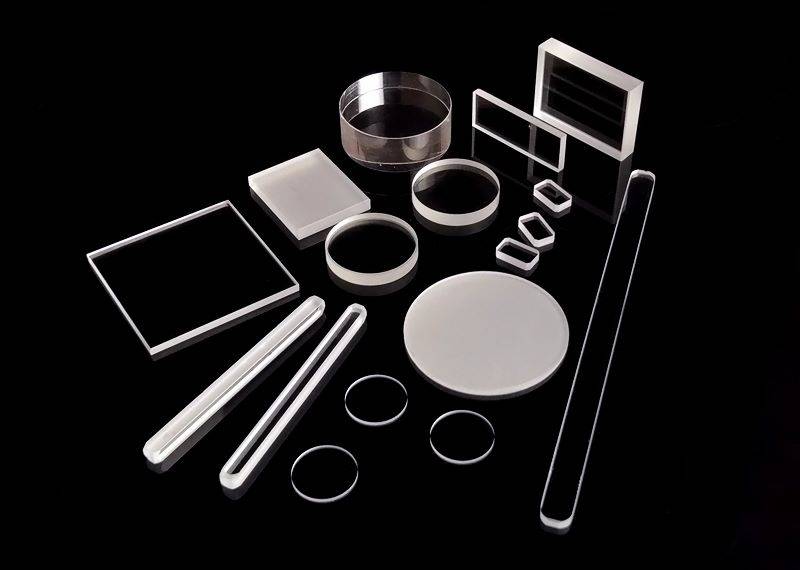
Fused quartz, also known as synthetic fused quartz, is produced from exceptionally pure silica sand and possesses a translucent appearance. Its unique properties make it highly valuable for the production of modern instruments and equipment:
-
High Chemical Purity and Resistance: Quartz glass exhibits exceptional chemical purity, making it resistant to most acids, bases, and solvents.
-
Low Thermal Expansion and High Thermal Shock Resistance: Quartz glass has a very low coefficient of thermal expansion, enabling it to withstand extreme temperature changes without shattering.
-
High Softening Temperature and Thermal Resistance: Quartz glass has a high softening temperature and can withstand elevated temperatures without deforming or melting.
-
High Irradiation Resistance: Quartz glass is highly resistant to radiation damage, making it suitable for use in nuclear and medical applications.
-
High Transparency: Quartz glass is transparent from the violet to the infrared spectral range, allowing for its use in optical applications.
-
Impermeability to Gases: Quartz glass is impermeable to gases, making it ideal for use in vacuum systems and containers.
Other notable properties of quartz glass include its extreme rigidity, high resistance to corrosion, superior electrical insulation properties, exceptional elasticity, low thermal conductivity, first-rate optical transmission properties, and high dielectric strength.
When selecting quartz tube and rod, it is crucial to consider the specific requirements of the intended application. These products vary in size, shape, and composition, so it is essential to consult manufacturer specifications to ensure that all relevant characteristics conform to the desired parameters.
In semiconductor manufacturing, the high purity of quartz glass is particularly advantageous as it eliminates the introduction of harmful metals into the process. It is commonly used in cleaning baths post-etching and machining, as well as in tubes undergoing heat treatments.
Distinguishing Quartz from Glass
Silicone Dioxide Content:
Quartz boasts an impressive 99% silicone dioxide (SiO2) content, while glass typically contains only up to 80% SiO2. This higher concentration of SiO2 gives quartz its exceptional durability and resistance to heat and chemicals.
Lead Content:
Glass often contains lead oxide as an additive to enhance its refractive index and improve its clarity and brilliance. The lead content in glass can range from 32% to as high as 60%. In contrast, quartz contains no lead, making it a safer and more environmentally friendly material.
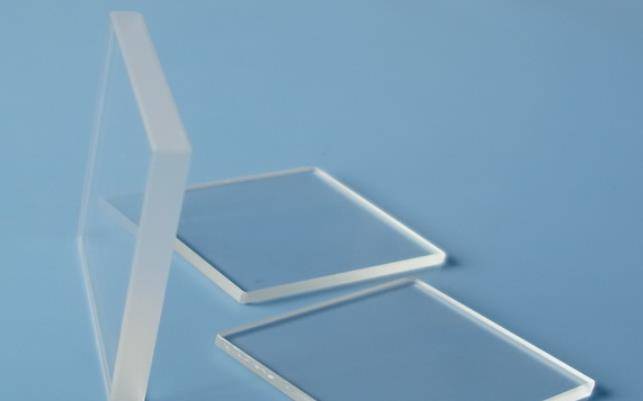
Luster and Value Based on Light Refraction:
The difference in silicone dioxide and lead content between quartz and glass also affects their luster and value based on light refraction. Quartz exhibits a brilliant and sparkly luster due to its high refractive index, while glass tends to have a more muted and less dazzling appearance. Quartz is often more valuable than glass due to its superior optical properties and durability.
Additional Distinctions:
- Temperature and Pressure Tolerance: Quartz can withstand higher temperatures and pressures than glass, making it ideal for use in high-heat applications and harsh environments.
- Formation: Quartz is a naturally occurring mineral, while glass is man-made.
- Applications: Quartz finds applications in various industries, including semiconductor manufacturing, optics, electronics, and jewelry, while glass is primarily used in windows, bottles, and decorative items.
Conclusion: The Versatility of Optical Quartz Plates
Optical quartz plates stand out with their distinctive properties, including superior ultraviolet transmission and thermal stability, making them indispensable in optical systems, lighting devices, and semiconductor manufacturing. Their versatile applications extend beyond optics, reaching into photovoltaic energy, electronics, and decorative finishes. The exceptional characteristics of optical quartz plates have revolutionized industries and technologies, empowering advancements in various fields.
Related Products
- Optical Window Glass Substrate Wafer Quartz Plate JGS1 JGS2 JGS3
- High Temperature Resistant Optical Quartz Glass Sheet
- CVD Diamond Optical Windows for Lab Applications
- Optical Ultra-Clear Glass Sheet for Laboratory K9 B270 BK7
- Optical Window Glass Substrate Wafer Single Double Sided Coated K9 Quartz Sheet
Related Articles
- Unlocking the Power of Optical Quartz Plates: Applications and Benefits
- Infrared Heating Quantitative Flat Plate Mold: Design, Applications, and Benefits
- Optical Quartz Plate: A Comprehensive Guide to Applications, Specifications, and Usage
- Key Properties and Differences Between Fused Silica and Natural Quartz
- Comprehensive Guide to Atmosphere Furnaces: Types, Applications, and Benefits
